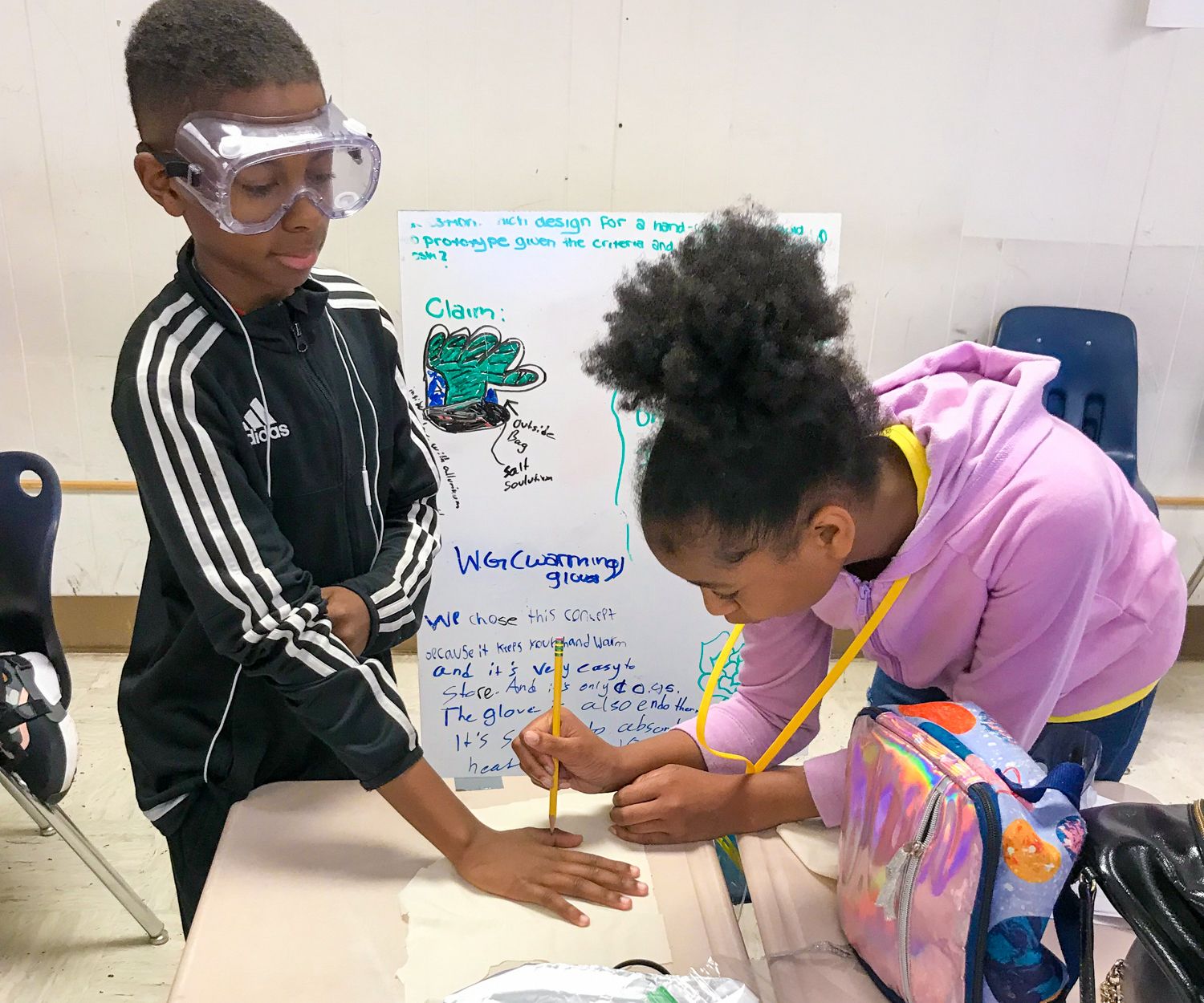
The ADI Design Challenge Model
We use our engineering instructional model to create all our design challenges. This model includes eight stages of activity. Each stage plays an important role in helping students use disciplinary ideas along with their own ideas to develop a solution to a problem in the world around them. Students also have an opportunity to use different disciplinary practices and literacy skills during each stage of a design challenge as they work together to make sense of what they are seeing or doing and to move their thinking forward. A brief description of what happens during each stage of the instructional model is provided below.

Stage 1: Problem
- A design challenge begins with the introduction to a problem to solve. These problems are selected so they are meaningful and consequential to students. Students then share what they noticed and wonder about the problem before they are introduced to the design specifications. This stage ends with students sharing what they know about the problem and identifying things they will need to learn more about to be able to solve it.
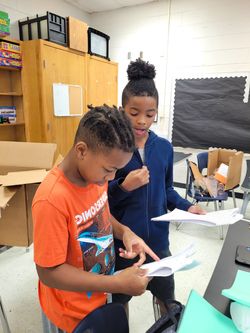
Stage 2: Ideas
Students read about some disciplinary ideas that they can use during the design challenge and then identify the ideas they think will be most useful or helpful by talking with the other members or their team. The intent of this stage is to “put some ideas on the table” that students can work with as they work together to develop a solution to the problem.
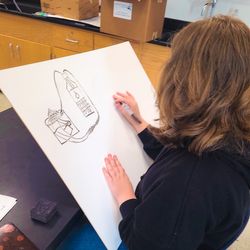
Stage 3: Generate
Students work together to generate multiple concepts that might help solve the problem. As part of this process, students draw a plan for each concept, a list of materials that they will use to make it, and a conceptual model that explains how the design works. The team then evaluates each concept based on the design parameters and selects a concept to prototype.
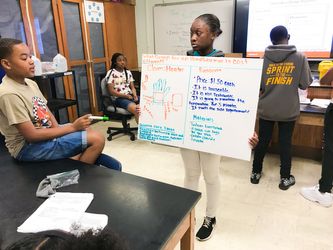
Stage 4: Feedback
Students create an argument to share the concept they are planning to prototype at the beginning of this stage. Students then have an opportunity to present their argument so students from different teams can critique it and offer feedback. At the end of this stage, the students have a chance to revise their concept based on what they learned from others before they make their prototype.
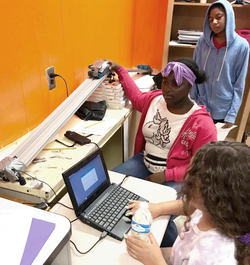
Stage 5: Do
The different teams build, test, and refine their designs during this stage. Students use different tools, materials, or techniques depending on the nature of the problem. They then work together to make sense of the data they gather to figure out if they have developed a solution to the problem based on the criteria and constraints of the design that they identified at the beginning of the challenge.
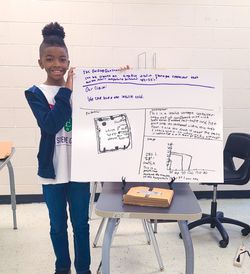
Stage 6: Share
Students create an evidence-based argument to share the solution to the problem that they created at the beginning of this stage. Students then have an opportunity to present their argument so students from different teams can critique it and offer feedback. At the end of this stage, the students have a chance to revise their argument to make it stronger based on what they learned from others.
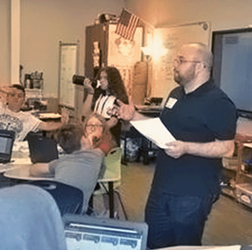
Stage 7: Reflect
Students share what they know about the disciplinary core ideas they used during the design challenge and how these ideas can be used to make sense of other related problems. They also discuss ways to make future design challenges more productive by first identifying the strengths and weaknesses of what they did and then setting goals for next time.
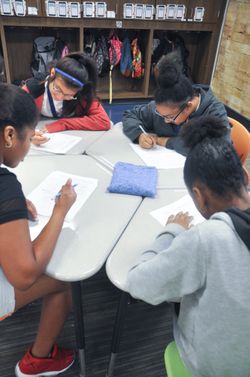
Stage 8: Report
Students first write a report to share what they did and how they and their team solved the problem. Then students participate in a double-blind peer review. Next, the students revise their own report to make it stronger based on what they read and the feedback they receive from their peers. At the end of this stage, students submit their reports to the teacher for final evaluation.

See the Research
Learn more about the classroom-based research that has examined what students learn during our design challenges.

Engineering Practices and Literacy Skills
See the engineering practices and disciplinary-based literacy skills that students use during each stage of the ADE instructional model.

Ready to give it a go?
Set up a meeting with one of our program specialists to discuss how you can start using Argument-Driven Engineering in your district or school.
